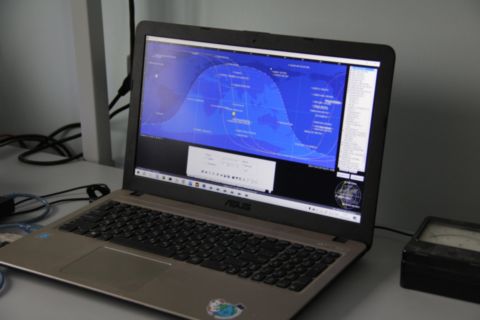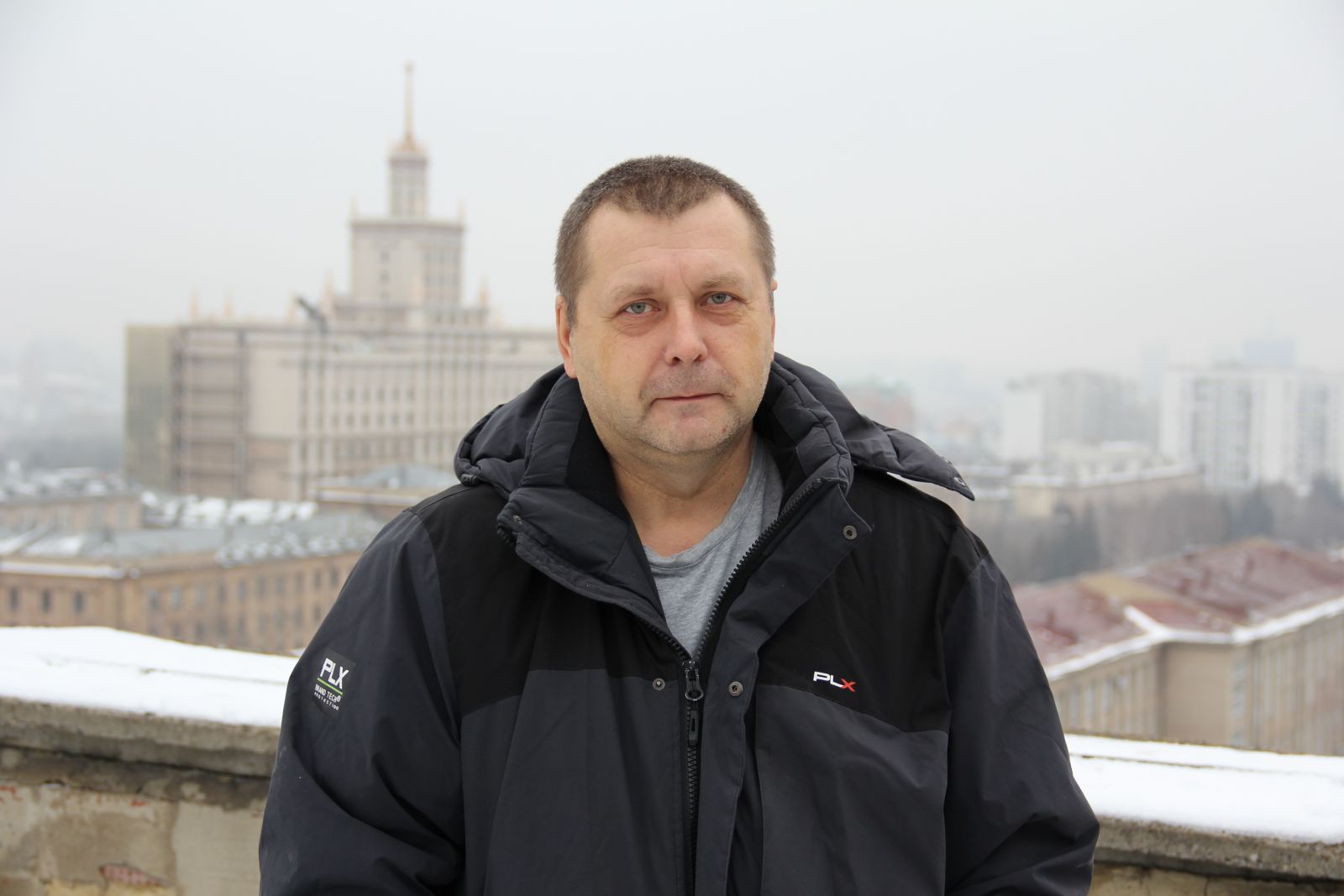South Ural State University has opened a Space Communications Laboratory. It is headed by Evgenii Melnikov, an engineer of the Department of Radio Engineering and Communication Systems. As a die-hard radio engineering enthusiast, he has been teaching the Chelyabinsk school pupils and students how to design unique radio electronic equipment for a couple of decades now.
"Our space radio engineering laboratory should become an additional tool for attracting applicants to SUSU, as well as for attracting our university's students to our community of radio engineering enthusiasts," shares engineer of the SUSU Department of Radio Engineering and Communication Systems Evgenii Melnikov. "From here we can observe spacecraft, assemble antennae with our own hands and test them, use the satellite data to monitor the Earth's magnetic field, measure the radiation level intensity on our planet, and obtain meteorological reports. Students, who are developing their own projects, will be able to do near-Earth orbital experiments. And in the future we're planning on equipping our station to upgrade it to a full-fledged mission control centre for our next satellite."
In July, an experimental picosatellite STRATOSAT-TK1-A (5x5х5 cm) was launched into space from the Vostochny Cosmodrome (in the Amur Region). It is a first picosatellite engineered by Chelyabinsk school pupils with the guidance from Evgenii Melnikov. It operates at the frequency of 435 MHz and tests its own feed system and transmitter in outer space, as well as transmits the onboard temperature and voltage.
In 2025 South Ural State University plans to launch a manoeuvrable satellite (30х10х10 cm in size) into space. It will be named Chelyabinsk-290 (dedicated to our city's anniversary). Right before the celebration, our university's Space Communications Laboratory will hold a drawings contest for children in our city. The top 10 works will be sent into space together with the satellite, and home radio amateurs will be able to receive their images in any corner of the world. In addition to that, an onboard camera will be installed in the satellite that will transmit photos of the Earth from space to our university laboratory in a real time mode; and the manoeuvring of this spacecraft will allow to orient it in space and turn the satellite camera in the required direction.
This new university radio engineering laboratory (where you one create such spacecraft and communicate with cosmonauts) was equipped with a transceiver for signal transmission and receiving, with a master controller for the antenna rotator, and a self-made set of antennae for two ranges: 144 MHz (to receive information from meteorological satellites and to communicate with cosmonauts aboard the International Space Station) and 430 MHz (to observe spacecraft operating at the heights of up to 800 km off Earth). The antenna helps monitor about forty Earth orbiting satellites, including the ISS. And since 2023 is the anniversary year for South Ural State University, the radio engineering laboratory has obtained a special identification signal on this occasion R80SUSU (it means 80 Years of SUSU).
Training at the SUSU Space Communications Laboratory will be built according to the programme approved and funded by the Educational Centre "Sirius". The schedule will be planned out after the pupils and students' group is formed. You can apply to join the group of radio engineering enthusiasts via e-mail indicated in the Info section on the personal website of Evgenii Melnikov at r9al.ru.






